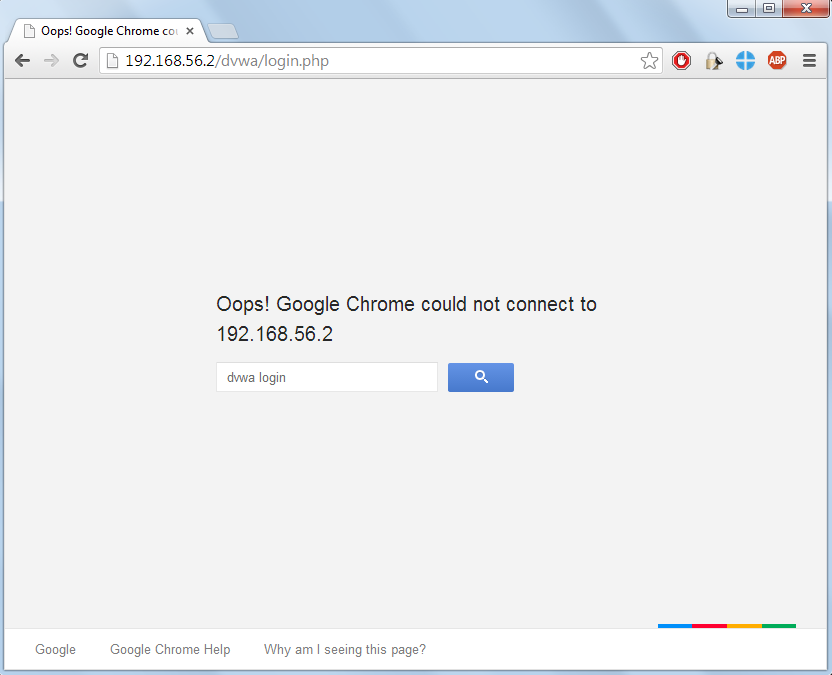Syn Flood Attack Tool
Manage the WAN Security SettingsThe WAN security settings include port scan protection and denial of service (DoS) protection, which can protect your LAN against attacks such as Syn flood, Smurf Attack, Ping of Death, and many others. By default, DoS protection is enabled and a port scan is rejected.You can also enable the router to respond to a ping to its WAN (Internet) port. This feature allows your router to be discovered. Enable this feature only as a diagnostic tool or if a specific reason exists.To change the default WAN security settings:1. Launch a web browser from a computer or mobile device that is connected to the network.2.
Enter.A login window opens.3. Enter the router user name and password.The user name is admin. The default password is password.
The user name and password are case-sensitive.The BASIC Home page displays.4. Select ADVANCED Setup WAN Setup.The WAN Setup page displays.5. Inpage urdu 2005 zip - download free apps.
To enable a port scan and disable DoS protection, select the Disable Port Scan and DoS Protection check box.6. To enable the router to respond to a ping, select the Respond to Ping on Internet Port check box.7. Click the Apply button.Your settings are saved.-EDIT- To ensure your router hasn't been hacked, make sure you change the default password of ' password' to a strong password.
If it appears your router settings have been changed by other than yourself, reset the router to default settings and reapply any previous custom settings you made. Finally, make sure your Netgear router firmware is up to date since there have been numerous past security vulnerabilities:. A SYN Flood attack is where the attacker (there are often many of them) sends a SYN packet to the target. The target then sends an ACK back to the attacker (or the IP that was spoofed by the attacker). During normal TCP session establishment a final ACK would be sent from initiator to the target (ACK'ing the ACK).
In a SYN Flood attack this final ACK is never sent by the attacker (or the spoofed IP), causing the target to hold the session half-open until it eventually times out. During such timeout periods if enough sessions can be initiated by the attacker, the targets resources will be depleted and no new connections will be able to be established - A classic example of denial-of-service.It appears to me that your router to endpoint device communication is not functioning properly. The router is not sending the final ACK to the endpoint device. Eset's IDS protection sees this resultant activity and throws the TCP SYN Flood attack.
There also could be a problem with the Win network settings on the endpoint device. There are a lot of 207.69.0.0/16 subnet addresses in the log you posted. That IP address range is allocated to Earthlink.net. Is Earthlink your ISP? I would contact their tech support about all these TCP SYN ACK transmissions you are receiving and that are being blocked as a DoS attack by your router. You can refer them to your log upload link above. Also one specific IP address I checked, 207.69.195.84, has an imap.

Prefix for its associated domain name. This makes me think there might be an issue perhaps with their e-mail servers.Somewhat of a mystery is IP address, 23.34.140.54, which appears to be a legit Akamai address.

Again, it appears the issue lies with the transmissions being forwarded by your ISP.Also your log shows WAN side router DoS attacks being detected and supposed to be dropped by the router there. As far as I am aware of, Eset is unaware of this activity and is only monitoring LAN side router activity. It appears the router is 'leaking' WAN side DoS activity to the LAN side and this is what Eset's IDS is detecting. You would have to discuss this with Netgear as to why this might be happening.One possibility is that the router has been compromised with malware. Another is the DoS attacks have overwhelmed the router's blocking capability; not a pleasant possibility. Or for some unknown reason, this is by design in regards to TCP SYN Flood attack detection. For the time being, you can modify Eset IDS behavior in regards to this detection not to constantly alert you but still block it and log it if so desired.
Refer to this: on how to do so. If Netgear later informs you this is desired behavior, you can change the Eset IDS actions for this activity for block, notify, and log to 'No.' The internet cuts out every now and then and sometimes shuts off completely to where i need to reset the modem/router to get it back online.Another possibility of what is occurring is NetGear is controlling the SYN/ACK activity from the LAN side of the router. Eset IDS sees this activity and is blocking it.
Python Syn Flood Attack Tool
This in turn eventually locks up the router. Again, you need to get info from Netgear on how the router responds to these TCP SYN flood attacks. It may end up that you will have to have Eset IDS allow this activity from the router, 192.168.1.1, only.-EDIT- This posting is worth a read; scroll down to the end:. Appears HP printer's might be the culprit.